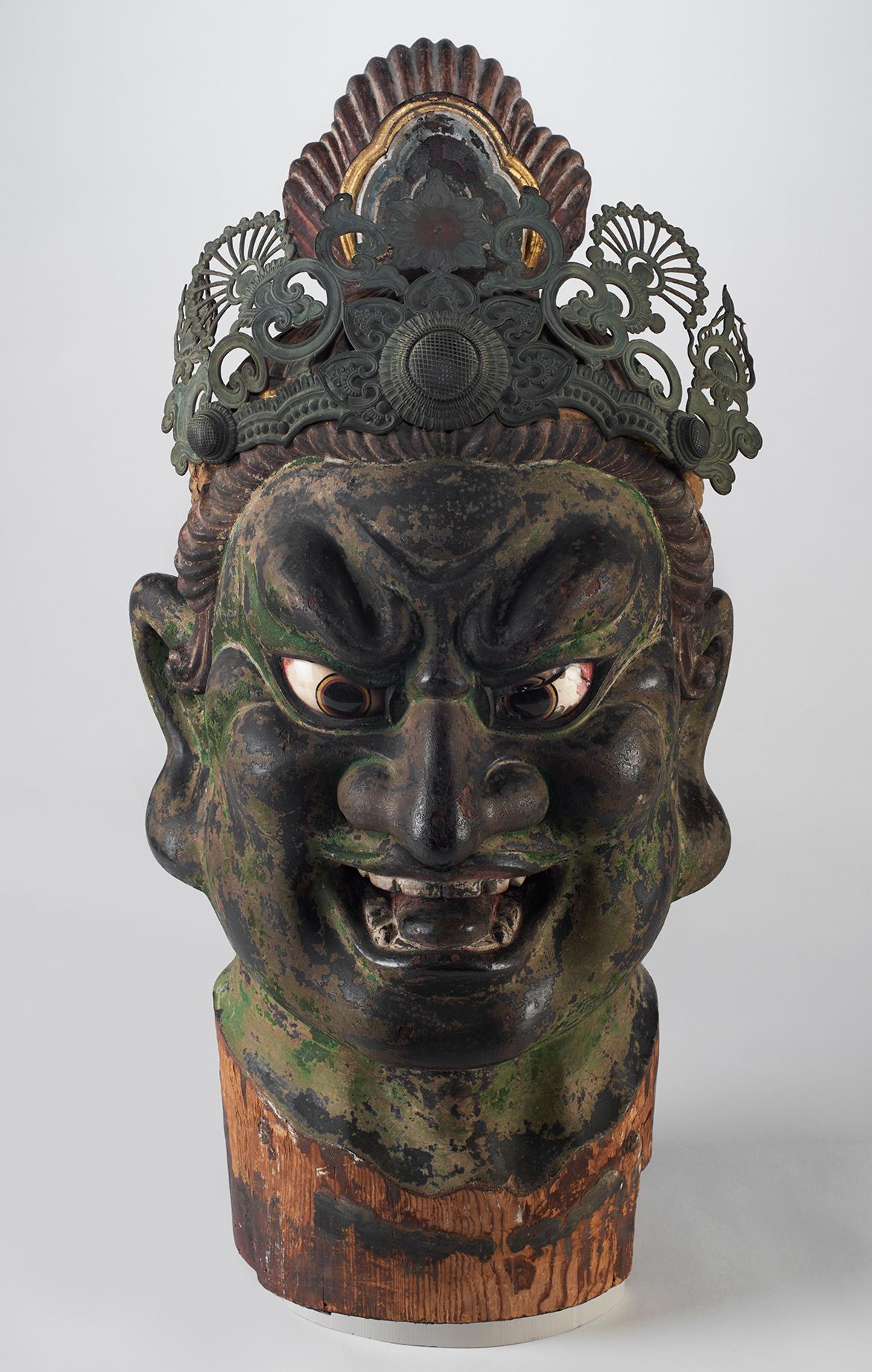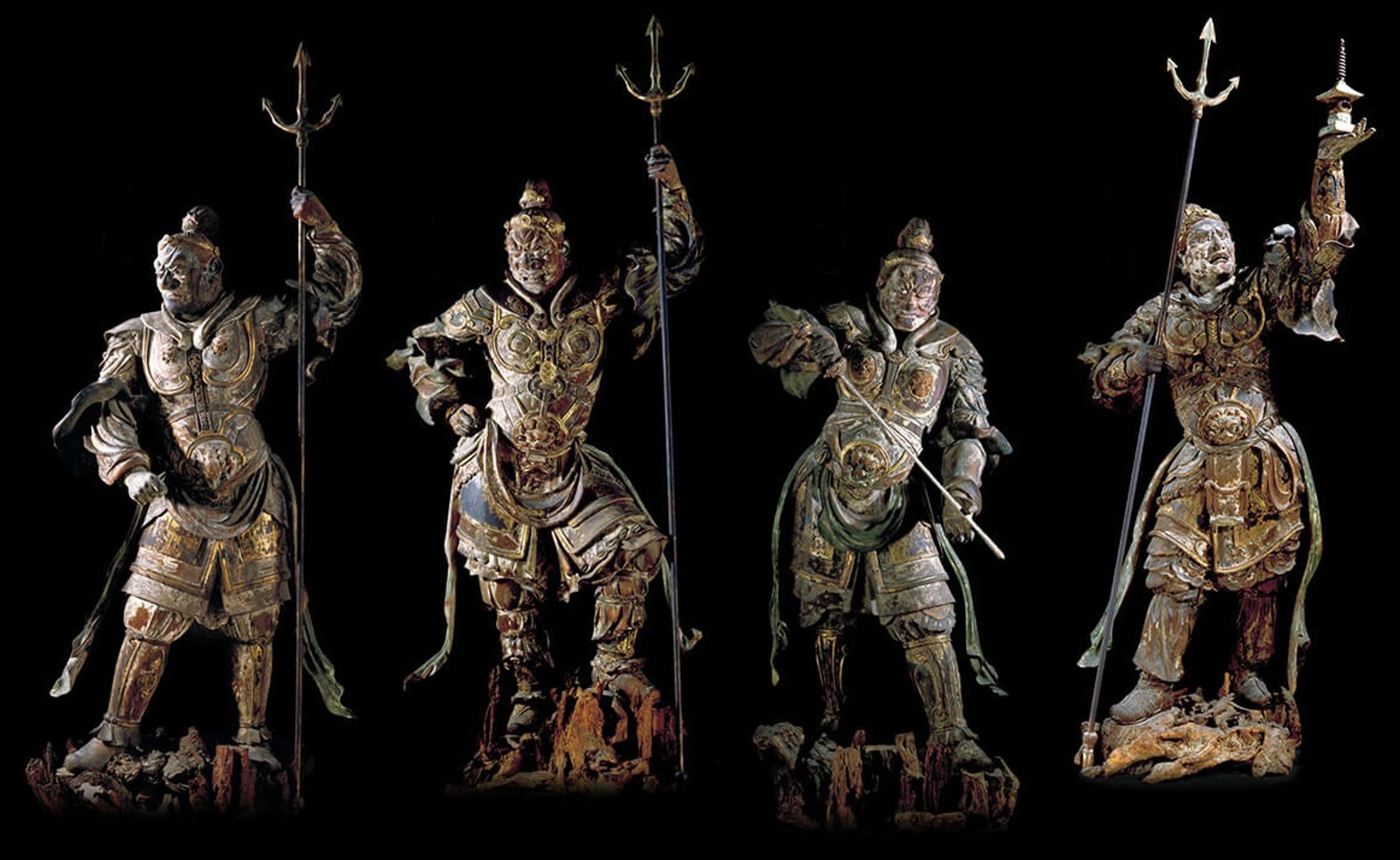Arts of Asia
The Brooklyn Museum is home to an extensive collection of artwork representing East, Southeast, and South Asia—one of America’s foremost collections of Asian art. It includes some of the world’s most diverse and comprehensive groupings of works from India, Korea, and Japan.
Highlights
Purview
The Arts of Asia collection is made up of artwork from East, South, and Southeast Asia, as well as the Himalayas, dating from ancient times to the 21st century. Works from western Asia and the Middle East can be found in either the Egyptian, Classical, and Ancient Near Eastern Art or Arts of the Islamic World collection depending on whether they were created before or after Islam was introduced to the region.
Some works by Asian artists from the 19th through 21st century are in the Arts of Asia collection, while others can be found in the Decorative Arts and Design, Contemporary Art, Photography, and Feminist Art collections.
History
The collection’s first artworks from Asia were gifted to the Brooklyn Institute (a precursor of the Brooklyn Museum) in 1901, and gifts continued to come in over the next few years.
Collecting picked up in 1909, when Curator of Ethnology Stewart Culin first traveled to China and Japan. He went to Hokkaidō—Japan’s northernmost region—in 1912, where he visited with the indigenous Ainu people. Objects that he acquired during that trip began what is now one of the largest collections of Ainu art in North America. The following year, Culin began making trips to Korea, initiating one of the oldest collections of Korean art in the West.
The first exhibitions of Asian artworks at the Brooklyn Museum opened in 1917: selections of ukiyo-e prints from Japan and woodwork from a Jain rest house in India.
A department for “Oriental Collections,” separate from the Ethnology department, was established in 1920. It was renamed “Asian Art” in 1988 and is now Arts of Asia. The collection was built largely from donations, including notable gifts from Alastair Martin (the Guennol Collection) and Michael and Georgia de Havenon. In the 1970s and ’80s, gifts from multiple donors enhanced the Museum’s strengths in Korean and South Asian art.
A years-long project to renovate and reinstall the Arts of Asia galleries was completed in 2022. The reinstallation celebrates the Museum’s great diversity of Asian art by presenting works from Japan, Korea, China, South and Southeast Asia, and the Himalayas, as well as the arts of Buddhism.
Related exhibitions
Stories and resources
In This Collection Area
Picture of First Pant Fitting, from the series Collection of Precious Children of Shichigosan Festival
Kitagawa Utamaro
Shower on Nihonbashi Bridge, from the series Famous Places in the Eastern Capital
Utagawa Hiroshige
Saddle Ornaments

Album of Birds and Flowers (Kacho-ga)
Kubota TosuiFireman's Coat

Long Prayer Stick
Ainu
Woman's Robe
Ainu
Bingata Kimono

Brush Jar with an Imperial Inscription

Visiting Komachi, from the series Little Seedlings: Seven Komachi
Kitagawa Utamaro
Kongō-kai Mandara

Taizō-kai Mandara










